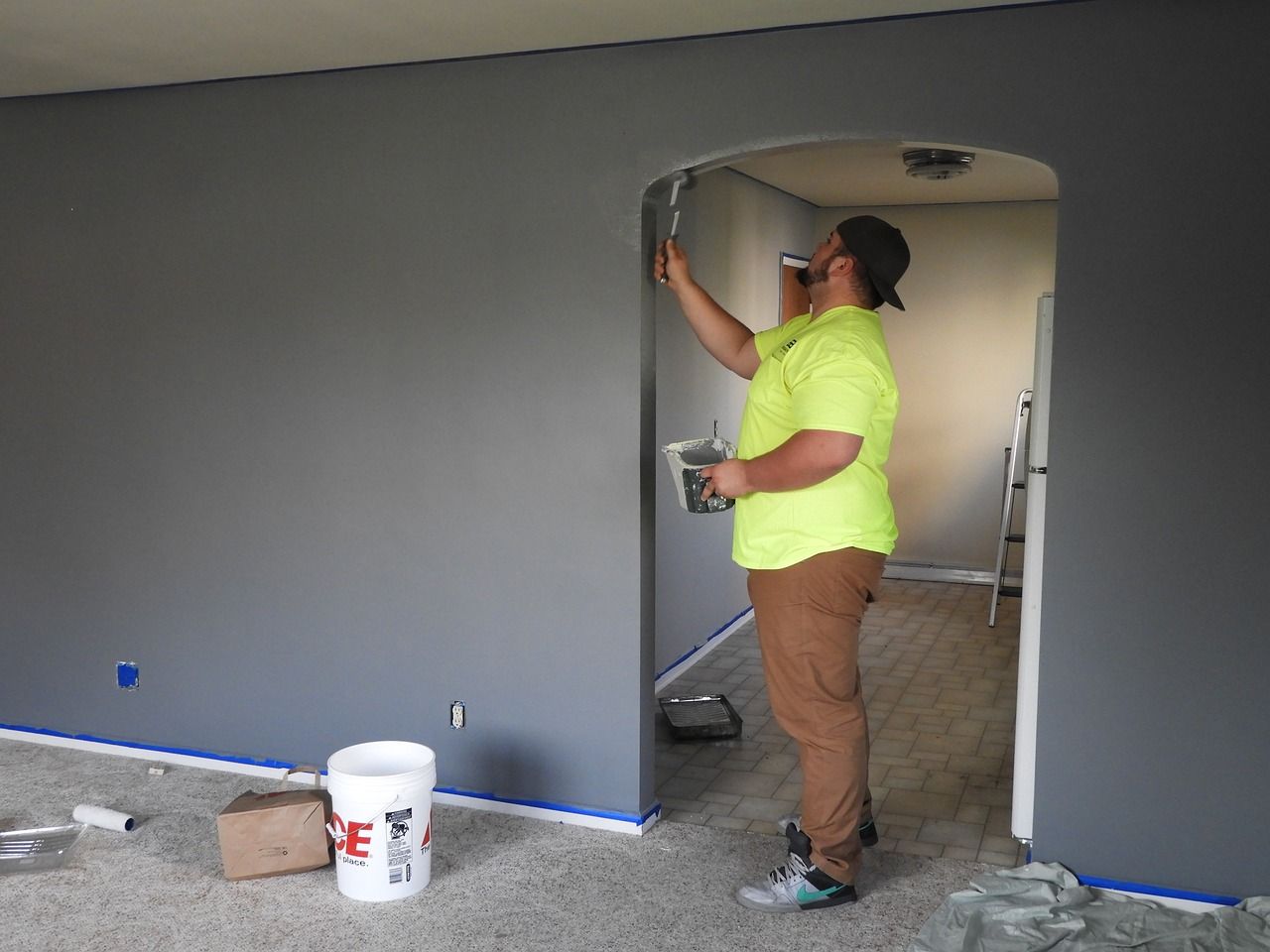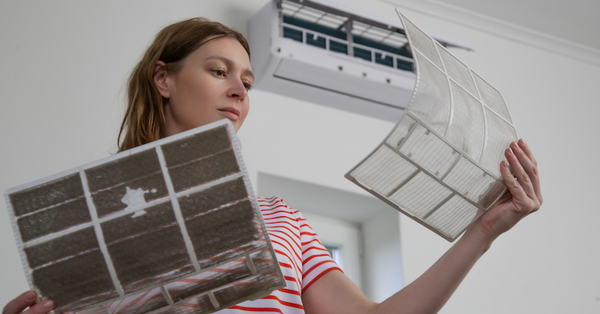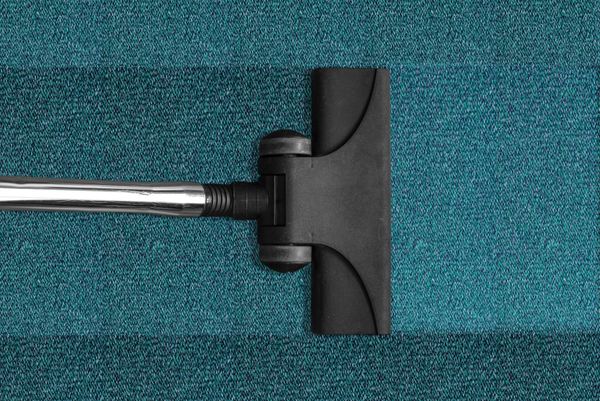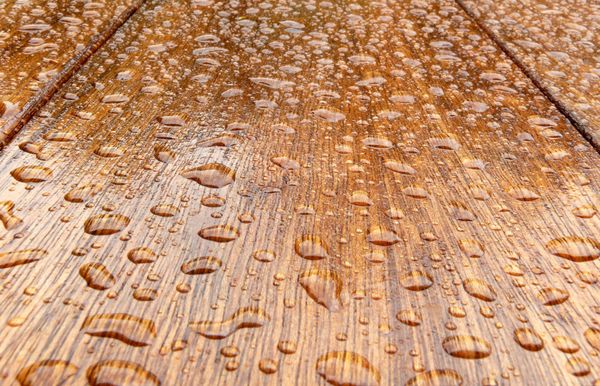If you have ever had ants, spiders, rodents, or other pests in your home, you understand how difficult they are to eliminate. Many homeowners take action when it is too late and when pests have already entered the home. Instead of being reactive, why not prevent pest problems before they happen? There are some things you can do to ensure this, so we have put together a checklist that gives you an idea of where to start.
Conduct an Inspection
A crucial step in keeping pests out is conducting routine inspections. You should inspect all areas of the home including those you do not think pests would breed or make a colony in because you never know.
You can set monthly, weekly, or daily routines depending on your preferences and how much time you have available. Just remember that too much time between inspections gives pests enough time to grow in numbers and become a menace.
Some areas you should inspect regularly include the bathroom, kitchen, and attic. They are the most likely to be moist, creating a conducive environment for pests to thrive. Additionally, these rooms have a lot of hidden spots where pests can hide.
It is also a good idea to check the outside of the home. When doing this, check for gaps and homes. These might allow pests to get into the house or might have been created by pests like rodents, so they have access. If you notice them, it is best to call a pest control specialist so they can do a proper inspection and exterminate any pests they find so you can keep your home pest free.
Seal Cracks and Crevices
Any cracks, crevices, or holes in your roof, ceilings, and walls can be entry points for pests. When inspecting the home, you should also look for cracks, seals, and holes in these structural parts. If you find them, you must seal them with the right material or get a contractor to do it for you if there is an extensive issue.
When inspecting the exterior, check the foundation for cracks. You should also check gaps around vents and pipes as these could also let pests in. Sealing all these gaps also keeps moisture out of them and the home. Moisture causes structural damage and provides the hydration that termites, ants, and other pests need to create colonies and habitats in your home.
Clear Your Yard
Your yard can also be the source of the pest problems you have. First, any standing water can provide the perfect breeding ground for mosquitoes. Mosquitoes also thrive in areas with long grass and dense shrubbery.
If you have tall trees and scrubs in your yard, trim them and ensure they do not touch the house. Some pests, such as ants, can use them as a bridge to get to the house and cause damage.
Mulch can also present issues, especially if the soil underneath is moist. Use mulch in gardens located away from the house, or use alternative ground cover, such as rocks, if you need a decorative element.
Clean Your Gutters, Downspouts, and Drains
Cleaning your gutters ensures water does not collect in them and run along the house's walls. The downspouts should redirect water away from the house to ensure the surrounding topsoil is not moist, as that would be a breeding ground for pests.
Lastly, the debris and gunk that collects in drains can be a breeding ground for different types of pests, usually small flies.
No one wants to deal with a pest infestation, especially if they do not know where the pests are coming from. Pests can be difficult to eliminate, and you never know if there is a chance for a reinfestation. Instead of all this hassle, take proactive steps to prevent these pests from getting into your home in the first place.






